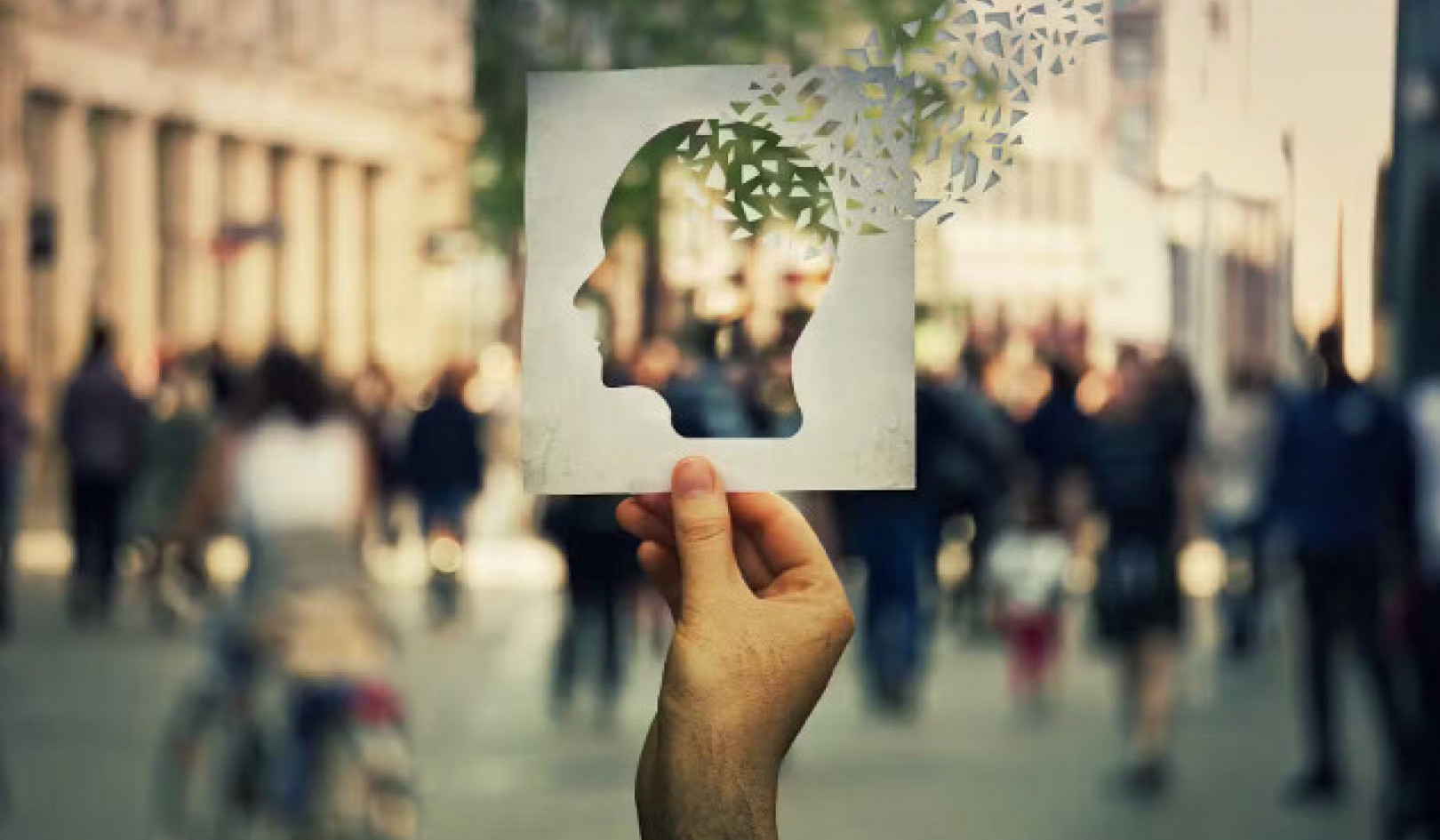
The closest to being in control we will ever be is in that moment that we realize we’re not. — BRIAN KESSLER
Often fear originates in our mind because, try as we may, we have little control over the future. And the future is where we tend to look for our security, seeking the assurance that everything will be all right. The illusion is that we have control over many variables in our daily life and that seems to make us feel better, at least temporarily. However, we really have control over very little, other than our next breath and our next thought.
Consider these questions: Can you control the driver in the next lane? Can you control the earth when it quakes? Can you control the stock market and the direction of the world economy? Can you control your spouse/partner/parents/children’s behavior or actions? The obvious answer to all of these questions is the same, yet look at how much time, energy, and power we expend trying to do so.
What Do We Have Control Over?
The only thing we have control over is our choice to either react mindlessly or respond mindfully to “what is” in the current moment. There it is: To practice the art of uncertainty is to get comfortable with being “out of control.” By this, I don’t mean being out of control of our own actions and behavior, but rather letting go of the need to control the actions and behavior of other people, including their opinions of us. It also means understanding that we have no control over the future, what “should or shouldn’t” happen tomorrow, but at the same time, it means developing an inner knowing that everything will be all right.
Sometimes we avoid seeing the truth that lies behind our fear because then we’ll have to deal with that reality. However, there is something very empowering about turning and facing our fear and shedding new light on it. Once exposed to the light, the things we fear seem to lose their power to scare us.
Dragging Our Fears Into the Light
 Someone once said, “Fear is the little darkroom where negatives are developed.” As we drag our fear out of the darkened recesses of our mind and into the light of day through courageous self-inquiry and logical, spiritually grounded thinking, the energy that we have given to what we fear begins to diminish right before our eyes. When fear ceases to scare us, we can then watch it disappear into the nothingness from which it came.
Someone once said, “Fear is the little darkroom where negatives are developed.” As we drag our fear out of the darkened recesses of our mind and into the light of day through courageous self-inquiry and logical, spiritually grounded thinking, the energy that we have given to what we fear begins to diminish right before our eyes. When fear ceases to scare us, we can then watch it disappear into the nothingness from which it came.
POINTS TO PONDER & PERSONALIZE
* While your story may be different from mine, can you trace your fears back to their points of origin, any of the fears that may be showing up in your life today? If you think about the fears you had as a child, can you see how they may have morphed into your adult life and taken on a new role? If you can locate one (or more) of those fears, notice how much of its power to sustain itself is being drawn from what you can’t see.
* Considering the acronym for FEAR — Forget Everything And Run — in what ways might you be avoiding your fears, rather than facing them? The key is to become the observer of your actions and thoughts, and then challenge your beliefs behind them. As you become witness to the manner in which you avoid your fears, you can then make a choice to challenge them by consciously responding to them rather than reacting and running from them. One of the few things you have even a modicum of control over is your ability to choose to “respond” rather than “react” to whatever is stimulating the fear within you.
* It is important to understand that underneath all emotions, including fear, lies the authentic Self patiently awaiting our awakening to its presence. The authentic Self knows no fear because Its point of origin is Infinite Presence, which is Love in its highest vibration. Seek to deepen your relationship with your authentic Self.
* Socrates wrote, “The unexamined life is not worth living.” When you enter into self-inquiry, you start to get answers that make life worth living, in spite of your deepest fears. By realizing that your fear arises from within you, and not in the world, you can gain great understanding about yourself and life.
Reprinted with permission of the publisher,
Jeremy P. Tarcher/Penguin, member of Penguin Group(USA).
©2011. www.us.PenguinGroup.com.
Article Source
The Art of Uncertainty: How to Live in the Mystery of Life and Love It
by Dennis Merritt Jones.
 The Art of Uncertainty is an invitation to the reader to consider its essential message: learning to love the unknown by staying present in the moment. If the difficulties of recent years have taught us anything--particularly those who "did everything right" and still saw it all fall apart--it's that none of us has as much control over our lives as we believe. The only thing we can control is our next thought. What if we could learn how to be at peace with uncertainty and embrace the possibility that the future is full of mystery, excitement, and unlimited opportunity? What if we discovered that a new paradigm can be more fulfilling, more rewarding, and more peaceful than what we have known? Living in the I don't know and loving it is an art form we can all master and The Art of Uncertainty is the perfect guidebook.
The Art of Uncertainty is an invitation to the reader to consider its essential message: learning to love the unknown by staying present in the moment. If the difficulties of recent years have taught us anything--particularly those who "did everything right" and still saw it all fall apart--it's that none of us has as much control over our lives as we believe. The only thing we can control is our next thought. What if we could learn how to be at peace with uncertainty and embrace the possibility that the future is full of mystery, excitement, and unlimited opportunity? What if we discovered that a new paradigm can be more fulfilling, more rewarding, and more peaceful than what we have known? Living in the I don't know and loving it is an art form we can all master and The Art of Uncertainty is the perfect guidebook.
Click here for more info or to order this book on Amazon.
About the Author
 Dennis Merritt Jones is an award winning author, keynote speaker and spiritual mentor. He was the founder and spiritual director of the International Center for Spiritual Living in Simi Valley, CA. Dennis retired from the pulpit in 2008 to take his message to the world by means of his books, sacred journeys travel, spiritual mentoring, keynote speaking and seminars. Learn more about him by visiting his website: www.DennisMerrittJones.com
Dennis Merritt Jones is an award winning author, keynote speaker and spiritual mentor. He was the founder and spiritual director of the International Center for Spiritual Living in Simi Valley, CA. Dennis retired from the pulpit in 2008 to take his message to the world by means of his books, sacred journeys travel, spiritual mentoring, keynote speaking and seminars. Learn more about him by visiting his website: www.DennisMerrittJones.com

























